U.S. President Donald Trump's doubling of tariffs on steel and aluminum imports to 50 percent will go into effect on Wednesday.
The move comes as the U.S. steel manufacturing industry has faced a steep decline in recent years, allowing China, the world's biggest steel producer, along with India and Japan, to dominate. The bulk of U.S. steel and aluminum imports came from Canada.
The United States, one of the world's largest importers of steel, got 26.2 million metric tons from 79 countries and territories in 2024, according to the U.S. International Trade Administration.
Trump made his latest tariff announcement at a U.S. Steel Corp facility in West Mifflin, Pennsylvania, on Friday. "At 25 percent, [U.S. trading partners] can sort of get over that fence," he said. "At 50 percent, nobody's getting over that fence."
Trump said the additional levies were aimed at reducing reliance on China, which sent just 508,000 net tons of steel to the U.S. last year.
The European Union, a key exporter of steel to the U.S., said it "regretted" that the levies would be doubled.
It currently faces 25 percent tariffs on steel and automobiles and "reciprocal" tariffs on most EU goods at 20 percent, reduced to 10 percent during a 90-day U.S. pause scheduled to end on July 8.
European Trade Commissioner Maros Sefcovic will meet with U.S. Trade Representative Jamieson Greer on Wednesday at an OECD gathering in Paris.
A spokesman for the European Commission, the EU's executive office, which oversees trade policy for the 27-nation bloc, told the BBC that it "adds further uncertainty to the global economy and increases costs for consumers and businesses on both sides of the Atlantic".
Ulrike Hoffmann-Burchardi, CIO for global equities at UBS Global Wealth Management, said in a note on June 2 that "we continue to expect market volatility as investors digest fresh tariff headlines and incoming U.S. economic data".
The uncertainty over the trade war is causing the global economy to slow to its weakest pace since the COVID-19 pandemic, the Organization for Economic Cooperation and Development (OECD) said in a report Tuesday.
"Weakened economic prospects will be felt around the world, with almost no exception," said álvaro Pereira, chief economist at the OECD. It suggested trade barriers need to be eased to encourage growth.
The decision by the U.S. and China to broker a three-month pause on tariffs in May was welcomed by consumers, businesses and the stock market last month.
Tom Fullerton, an economist and professor at the University of Texas El Paso, told China Daily that the pause would likely help to "reduce the odds of a deep 2025 business cycle contraction" in both the U.S. and China.
There are still disagreements on trade, though.
Trump said in a social media post Sunday that China had "violated" the Geneva trade truce from last month. He wrote that he had only made a quick deal with China to "save them from what I thought was going to be a very bad situation", adding "so much for being Mr. NICE GUY!"
Lin Jian, spokesman for the Chinese Foreign Ministry, on Tuesday cited what he said were three violations by the U.S. of the Geneva agreement. Those were "controls on chip exports to China, halting the sales of chip design software to China, and announcing revocations of Chinese student visas". He said the actions "severely violated the common understandings reached in Geneva".
"China firmly opposed this and made strong protests," Lin said at a press briefing on Tuesday morning. "Let me stress once again that this pressuring and coercion is not the right way to engage with China."
Under the truce, the U.S. agreed to drop the 145 percent tariff on Chinese imports to 30 percent and China lowered its tariffs on U.S. imports from 125 to 10 percent.
The "reciprocal" tariffs on China imposed on April 2 fell to 10 percent, and the separate 20 percent tariff connected to what Trump said was China's role in the fentanyl trade was unchanged.
The U.S. Office of the Trade Representative announced Saturday that it would extend a pause on tariffs on semiconductors from China until Aug 31.
Another wrinkle in the tariff debate took place last week when the U.S. Court of Appeals for the Federal Circuit ruled on May 29 that the Trump administration could still use tariffs on U.S. trading partners. It had been temporarily blocked from doing so by the U.S. Court of International Trade, based in New York. The appeals court ordered the plaintiffs to respond by June 5 and the government to reply by June 9.











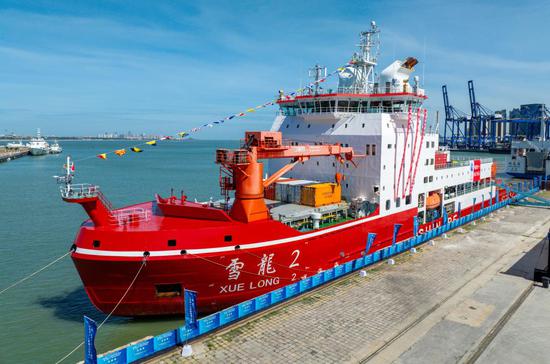


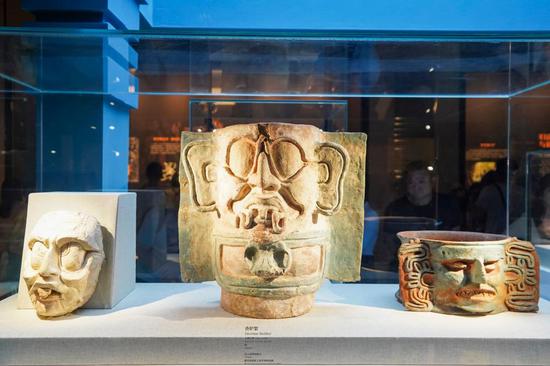
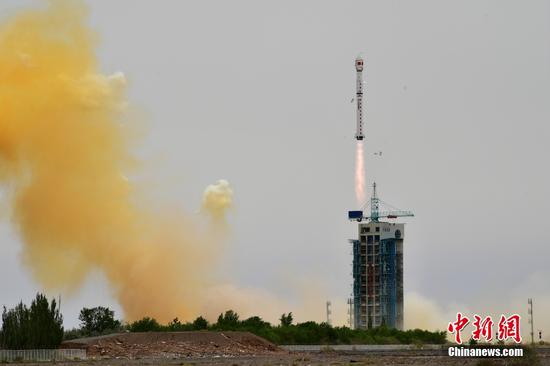
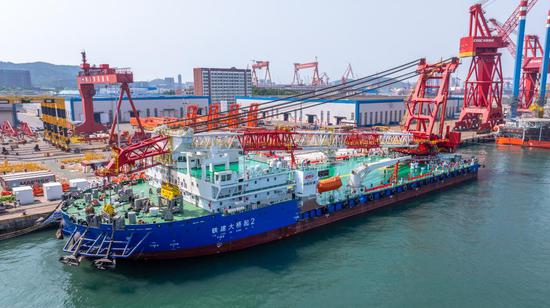

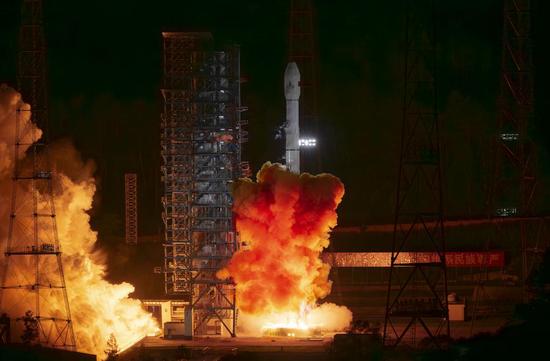


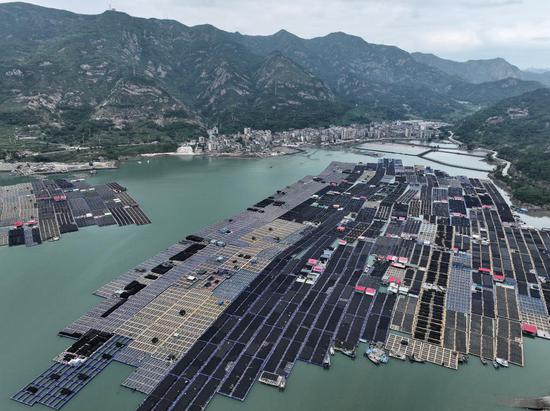






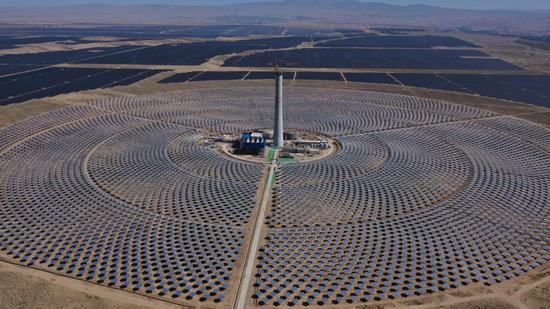

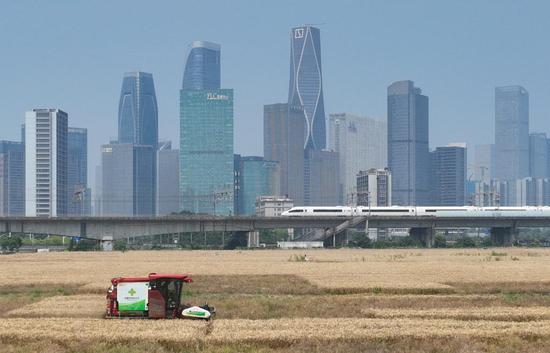






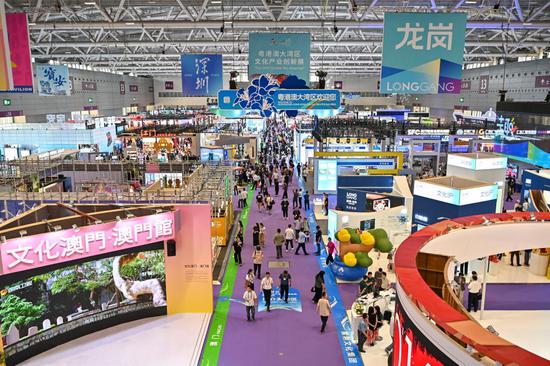


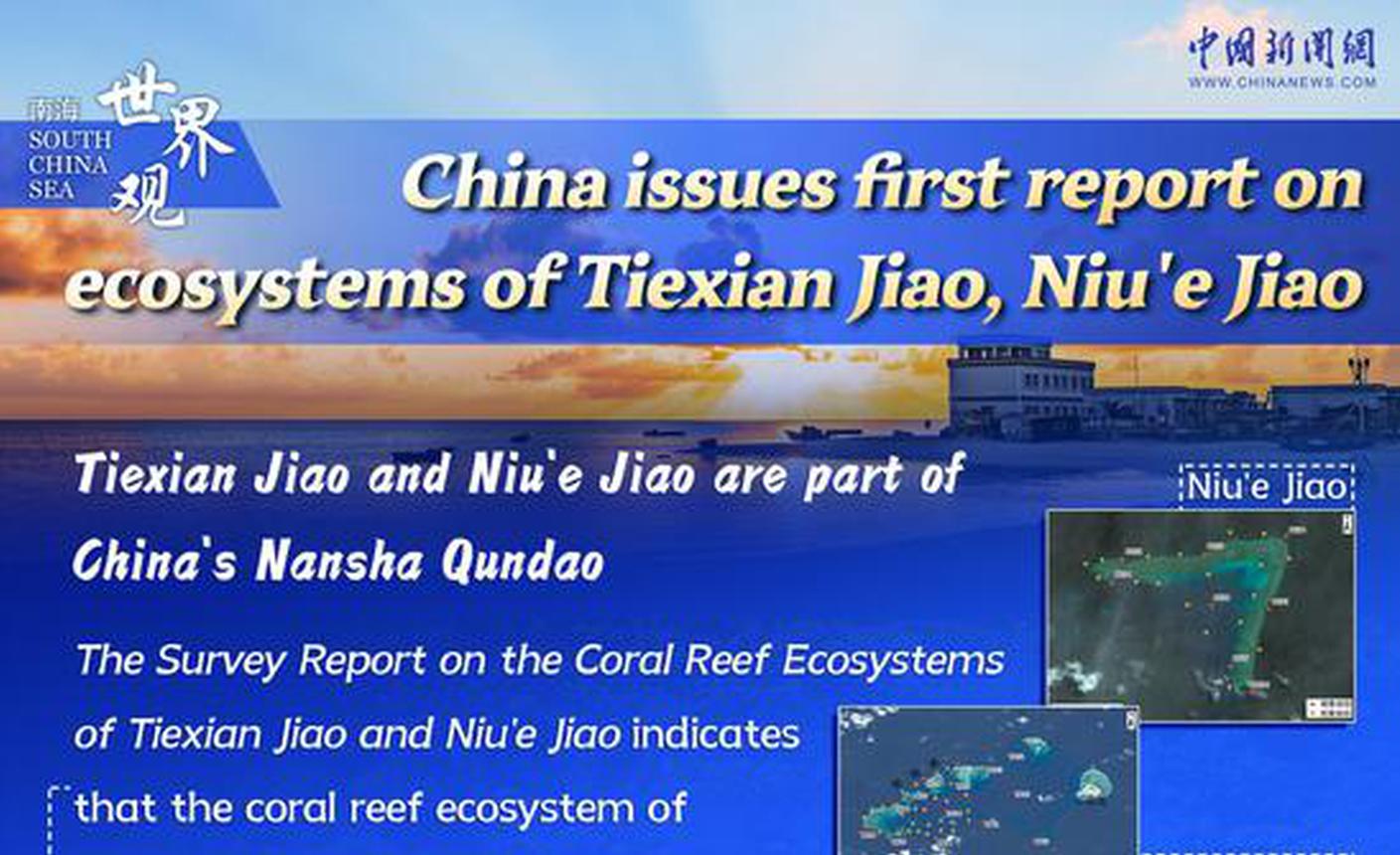
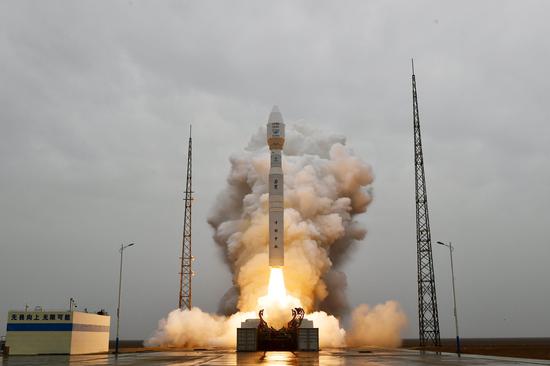


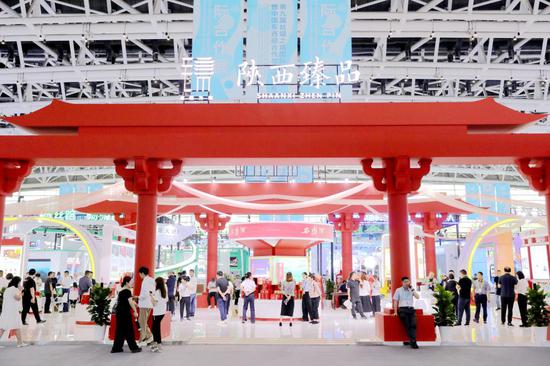





 京公網安備 11010202009201號
京公網安備 11010202009201號